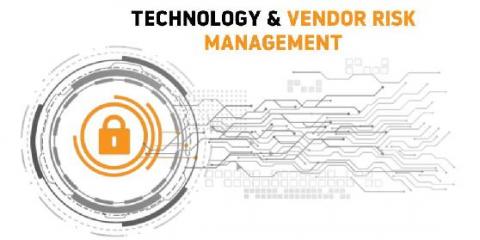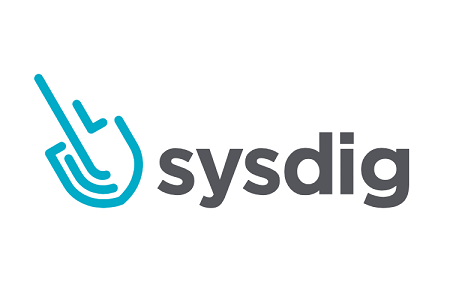Only after running out of hard disk space did firm realise hacker had stolen one million users' details
Yet another company has been found lacking when it comes to securing its consumers’ data. Utah-based InfoTrax Systems provides back-end services to multi-level marketing companies (MLMs) such as dōTERRA, ZanGo, and LifeVantage, providing website portals where individuals can register as a distributor, sign-up new distributors, and place orders for themselves and end consumers.









